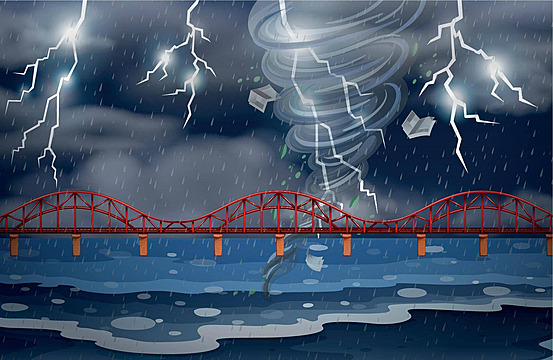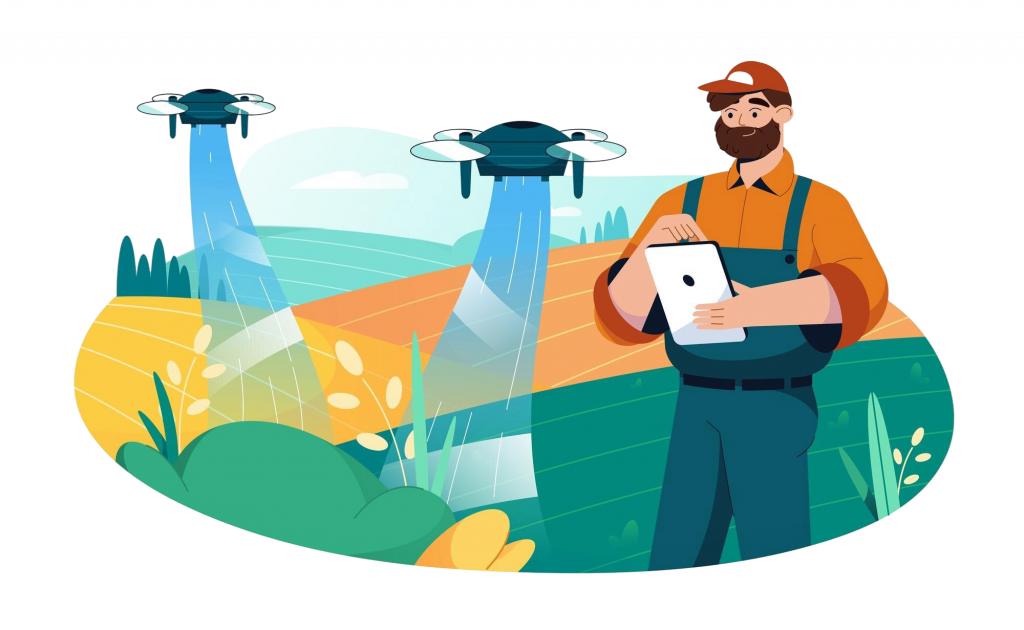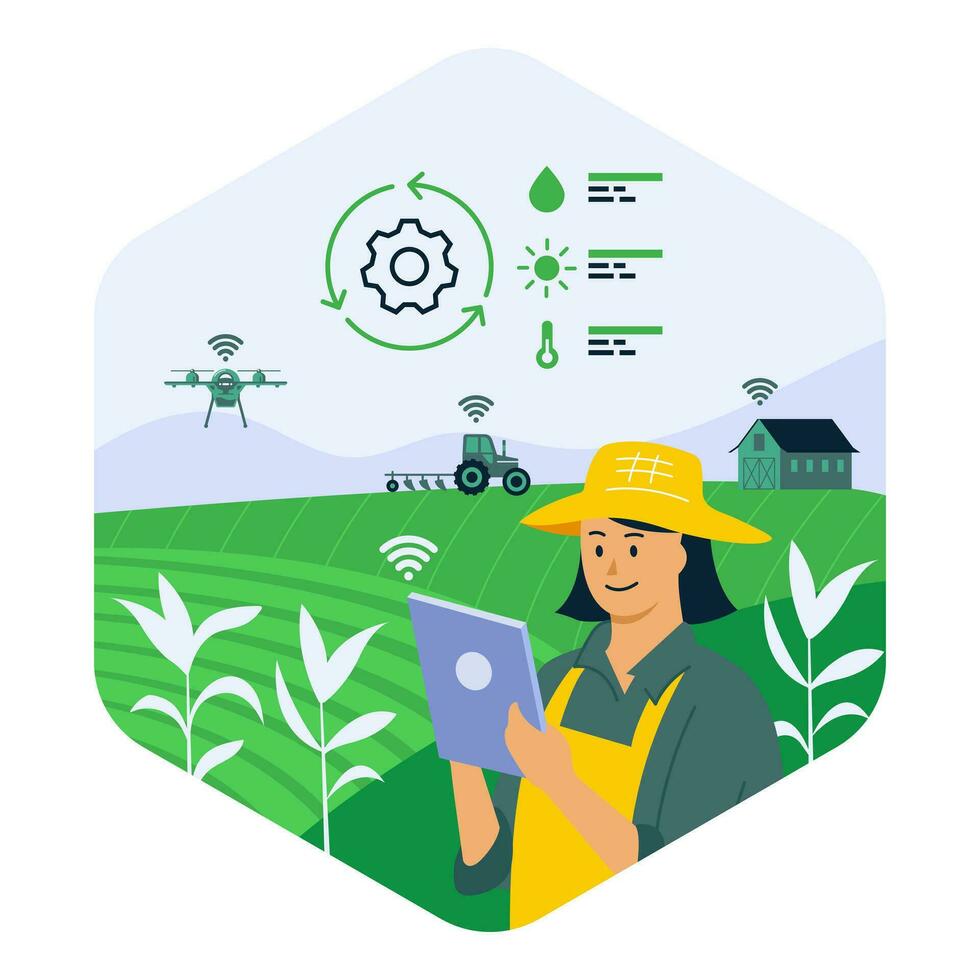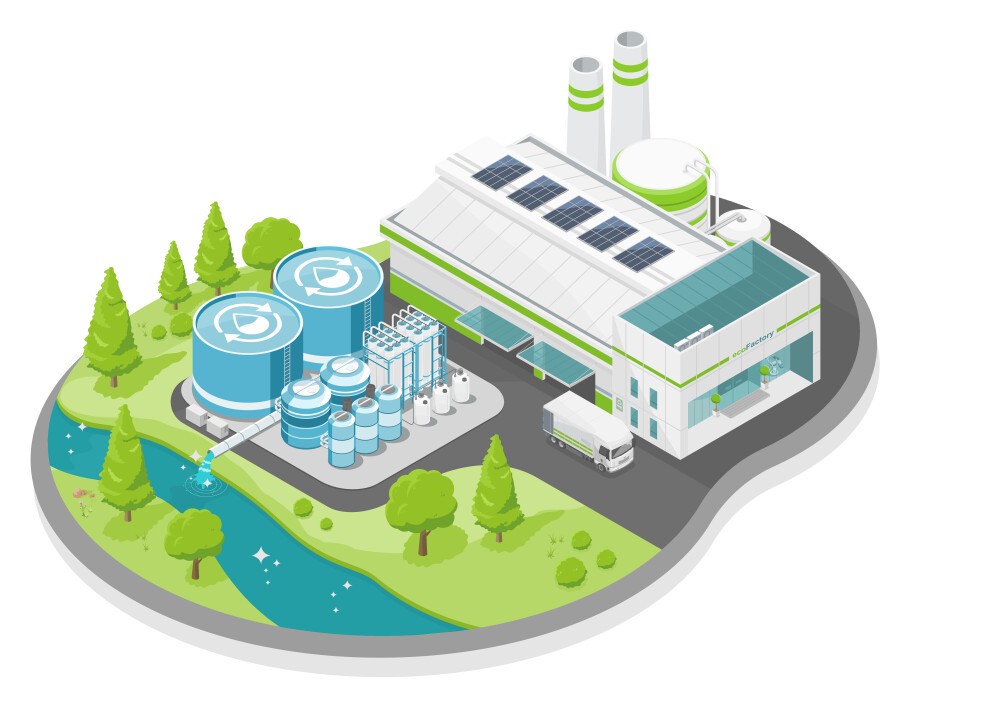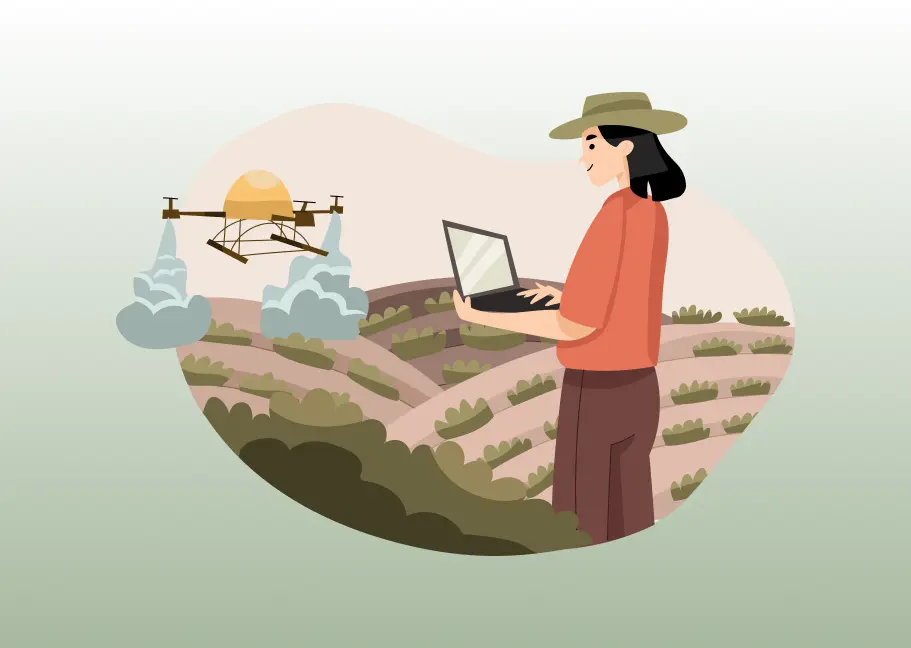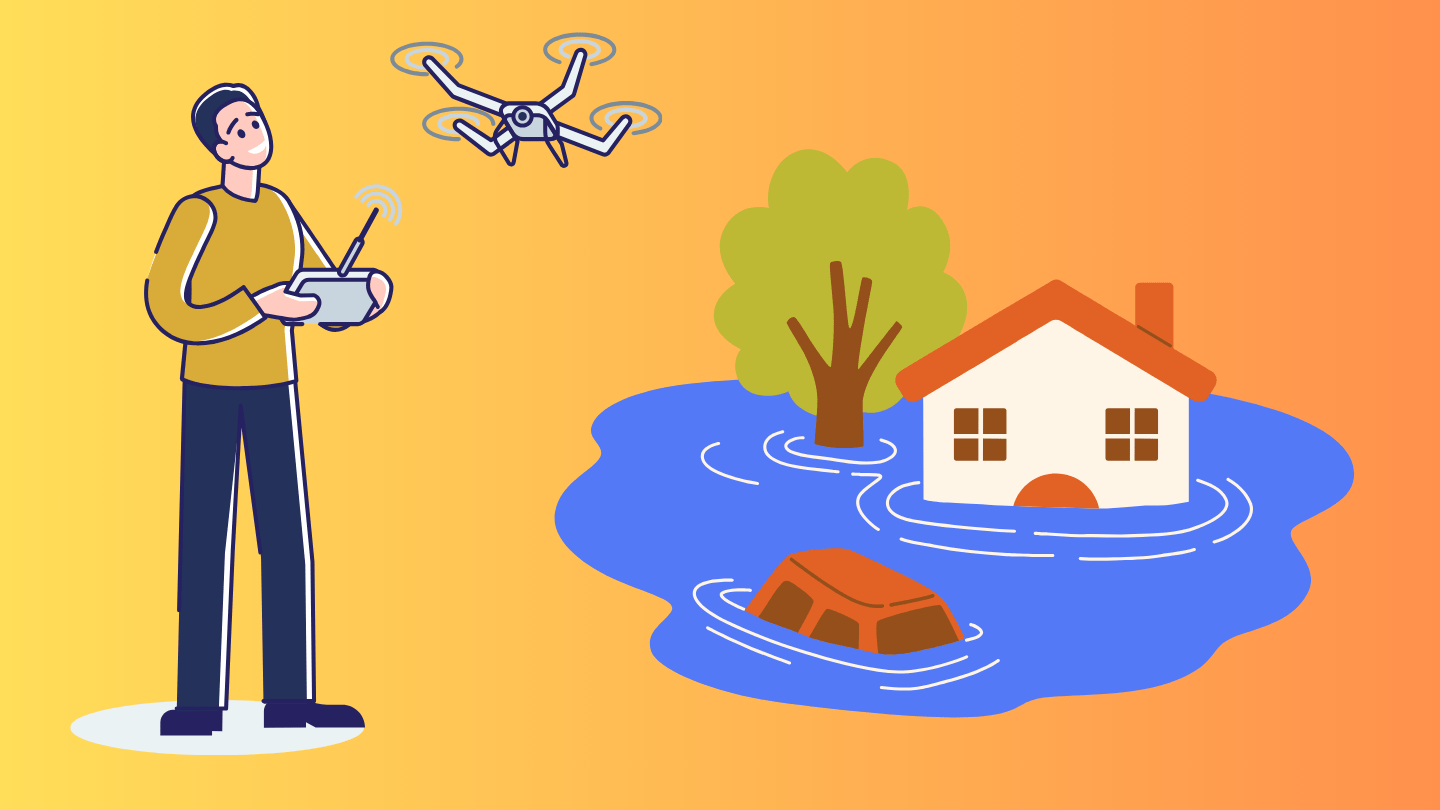
Explore how advanced technologies are solving real world risk mitigation strategies

A 2023 World Bank study revealed that 1.81 billion people, 23% of the global population—face significant flood risk, with 89% residing in lower-income countries.
With climate change accelerating and cities expanding into flood-prone zones, we absolutely need smarter, real-time flood risk assessment.
The old ways rely on historical data and static maps which fall short in keeping pace with evolving flood threats. That’s where technologies like 3D flood simulation and digital twin technology step in, enabling real-time modeling and scenario planning. AI for water management strengthens this further, powering accurate flood forecasting through solutions like aquaFLOOD from Vassar Labs.
For a long time, flood risk assessment relied on basic tools: simple hydrological models (1D or 2D), old floodplain maps, and outdated population data. The problem is, these static methods can’t keep up with how fast cities change, real-time water flows, or specific weak spots. What you get is inaccurate flood forecasting and slow emergency responses.
As our cities grow, their infrastructure becomes more interconnected and exposed. Think about it: a clogged drain or a reservoir that’s not big enough can turn a normal rain shower into a huge problem for people. This is exactly where 3D flood simulation and digital twin technologies can completely change how we manage floods.
A digital twin is a virtual copy of something real, like a building, a system, or even an entire area. It’s constantly updated with live information from sensors, IoT devices, satellites, and historical data. When you combine this with 3D flood simulation, decision-makers can actually see how floods propagate in real-world settings. This lets them test out different scenarios and put proactive plans in place to reduce risks.
These technologies come with some powerful features:
These tools enable authorities to transition from a reactive to a proactive approach, shifting from merely responding to disasters to actively anticipating and preventing them through AI for water management solutions.
At Vassar Labs, we’re all about creating a climate-secure future. We do this by using data, AI, and spatial intelligence to tackle tough issues in water management. Our main solution, aquaFLOOD, is a prime example of how 3D flood simulation and digital twin technology can completely change how we prepare for disasters.
Adopting digital twin technology for flood risk assessment brings a lot of benefits:
While these digital water solutions show huge promise, there are still some obstacles to overcome:
To get past these challenges, strong collaboration is key: governments, private companies, and even sustainability media outlets need to work together, especially to push forward urban climate adaptation goals.
Combining 3D flood simulation and digital twin technologies is a true game-changer for how we deal with flood risks. With increasing climate uncertainty and vulnerable infrastructure, cities absolutely must adopt advanced technology and water solutions that go beyond traditional flood models.
At Vassar Labs, we’re dedicated to providing AI for water management that’s not just smart but also accessible and scalable. By using our unique platforms and partnering with city governments, media, and academic institutions, our goal is to help build flood-resilient cities that are ready for tomorrow’s climate challenges, today.
To explore how aquaFLOOD can support your city or project, reach out to us or schedule a demo.


